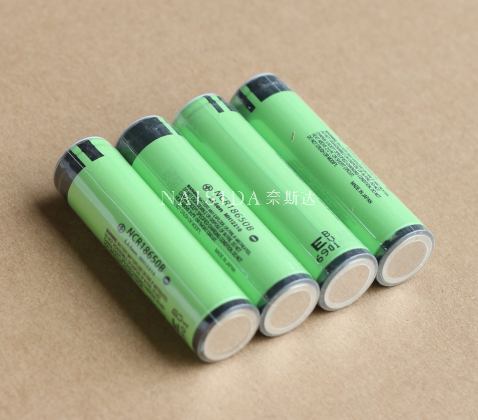
Lithium batteries are a type of batteries that use lithium metal or lithium alloy as the negative electrode material and use a non-aqueous electrolyte solution. Due to the very active chemical properties of lithium metal, the processing, storage and use of lithium metal have very high environmental requirements. Lithium, plutonium and other high-energy metals will cause fire and cause harm when the moisture in the atmosphere causes them to corrode. The dehumidifier can control the relative humidity of its mass production area below 1%, so that lithium batteries can be mass-produced without being expensive.

Lithium battery production requirements
In the production process of lithium battery, the cells and shells of the sealing and filling process have been dried, so they are extremely sensitive to the moisture in the air in the workshop. Once the moisture content in the air in the room is too high, it will be absorbed by the battery, which will cause the battery. There are many problems such as swelling and liquid leakage. Therefore, effective environmental control of the lithium battery sealing and liquid injection process is a very important link in the lithium battery production process.
1. The battery is sealed. Battery sealing means to put the dried telecommunications into the battery shell (PP shell), heat-melt and seal the battery shell with a sealing device, install the pole nut to remove the battery hot melt overflow, and then re-dry it in the oven .
2, battery injection. Transfer the dried battery to a glove box or an automatic liquid injection machine to add electrolyte. After liquid injection, the battery becomes a finished battery, which is transformed into a workshop.
It can be seen from the above process that the battery drying parts and the battery injection glove box are the places where the battery is in contact with the outside world. The environment control of this station should be very strict to ensure the normal production requirements of lithium batteries. Because the normal production of lithium batteries requires moisture content It is lower than 200ppm, so the dew point in the battery cell room is required to be lower than -42℃, and the dew point in the room is actually chosen to be lower than -45℃.

The dew point requirements in the battery drying room and automatic liquid filling machine are very high, and ordinary air conditioning systems cannot meet the low dew point environment, so corresponding dehumidification equipment must be added to meet the current needs of use. Taking into account the impact of personnel on the dew point of the environment, each dry area also has strict restrictions on the number of people.




